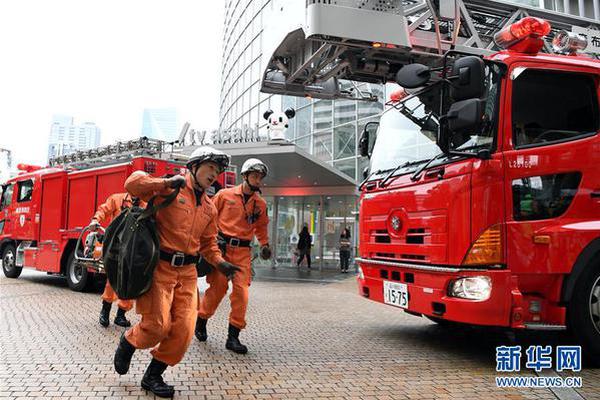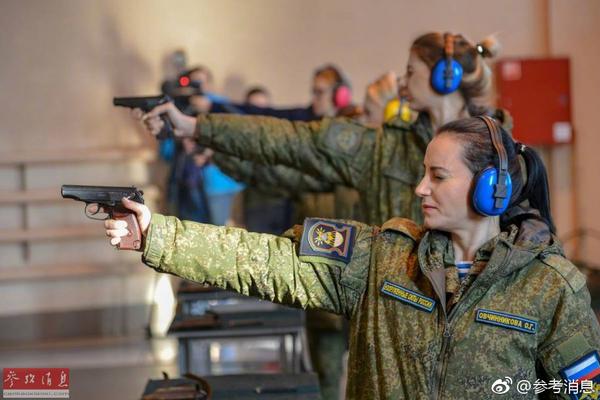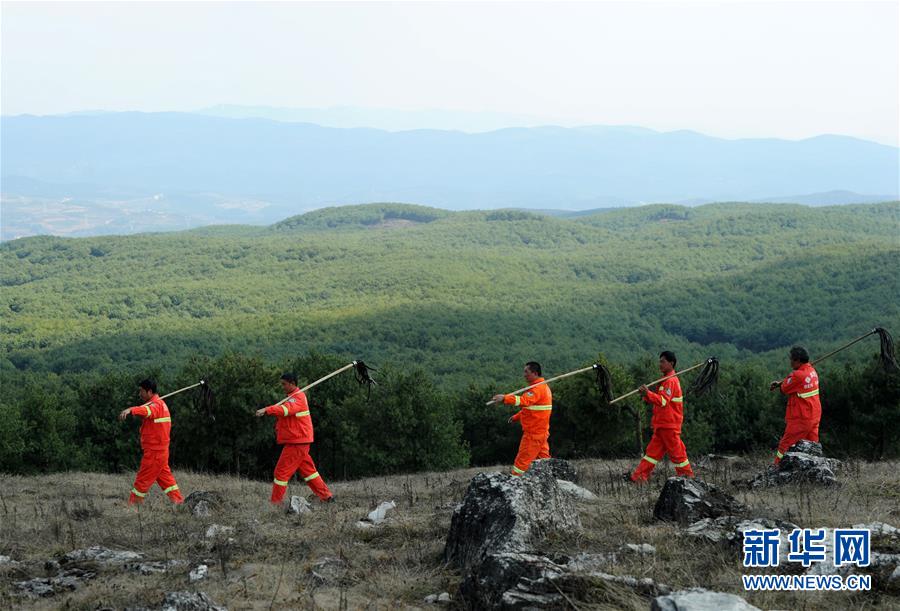
1, 5 working volume - the volume included in the piston between the upper and lower stop points. ( Vh) 6 Total volume of the cylinder - the sum of the volume of the combustion chamber and the working volume. ( Va=Vc+Vh) 7 Compression ratio - the ratio of the total volume of the cylinder to the volume of the combustion chamber (ε); the general gasoline engine is 6 to 9, and the diesel engine is 16 to 22.
2. Basic terminology of the engine (1) Upper stop point: (Automobile Maintenance Technology Network https://) The piston moves in the cylinder, and the position where the top of the piston reaches the highest point is called the upper stop point. That is, the top of the piston is the farthest from the center of rotation of the crankshaft.
3. Because diesel engines burn on their own by compression, diesel engines are called compressed combustion engines. (4) Exhaust stroke The exhaust of the diesel engine is basically the same as that of the gasoline engine, but the exhaust temperature is lower than that of the gasoline engine.Generally Tr=700~900K. For single-cylinder engines.
4. Basic terms of automobile engines. Five basic terms of engines: piston upper and lower stop points. Upper stop points refer to the piston's farthest distance from the crankshaft rotation center, usually referring to the piston going up to the highest position. The lower stop point refers to the piston closest to the center of crankshaft rotation, which usually refers to the piston going down to the lowest position.
5. That is, ε=Va/Vc=1+Vh/Vc compression ratio is used to measure the degree to which air or mixed gas is compressed and affects the thermal efficiency of the engine. Generally, gasoline engines are 8~11, and diesel engines are 16~22. Working cycle The engine completes the four processes (stroke) of air intake, compression, work and exhaust, which is called a working cycle.
6. Stop points under and under the piston.When the engine is running, the piston head is the farthest from the crankshaft at the upper stop point, and the closest is the lower stop point. The upper and lower stop points are the basis for ignition. 2 Piston stroke. The distance between the upper and lower stop points of the piston is the piston stroke. The larger the piston stroke, the greater the engine displacement. 3 Engine displacement.

1. Basic terminology of the engine (1) Upper stop point: (Automobile Maintenance Technology Network https://) The piston moves in the cylinder, and the position where the top of the piston reaches the highest point is called the upper stop point. That is, the top of the piston is the farthest from the center of rotation of the crankshaft.
2. Engine terminology 1. Upper stop point The highest position of the piston is the highest point that the piston can reach when moving up in the cylinder. Engine terminology 2. Lower stop point The lowest position of the piston is the lowest point that the piston can reach when moving down in the cylinder. The term of engine 3.
3. Basic terms of automobile engines Five basic terms of engines: piston upper and lower stop points The upper stop point refers to the piston's farthest distance from the crankshaft rotation center, usually referring to the piston going up to the highest position. The lower stop point refers to the piston closest to the center of crankshaft rotation, which usually refers to the piston going down to the lowest position.
4. Engine working volume VL The sum of the working volume of each cylinder of a multi-cylinder engine is called the working volume of the engine, also known as the engine displacement, which is represented by symbols: VL=ixVs i is the number of cylinders. The compression ratio ε refers to the ratio of the total volume of the cylinder to the volume of the combustion chamber, indicating the gas Degree of compression.
5. The bottom and lower stop points of the piston. When the engine is running, the piston head is the farthest from the crankshaft at the upper stop point, and the closest is the lower stop point. The upper and lower stop points are the basis for ignition. 2 Piston stroke. The distance between the upper and lower stop points of the piston is the piston stroke. The larger the piston stroke, the greater the engine displacement. 3 Engine displacement.
6. Engine terminology 1. The highest position of the upper dead point piston is the highest point that the piston can reach when moving upwards in the cylinder.Engine terminology 2. The lowest position of the lower stop piston is the lowest point that the piston can reach when moving down in the cylinder. Engine terminology.
Engine terminology 1. The highest position of the upper dead point piston is the highest point that the piston can reach when moving upwards in the cylinder. Engine terminology 2. The lowest position of the lower stop piston is the lowest point that the piston can reach when moving down in the cylinder. Engine terminology.
Compression ratio: the ratio of the total volume of the cylinder to the volume of the combustion chamber is called the compression ratio. That is = Va/Vc. ( 9) Internal combustion engine displacement: The sum of the working volume of each cylinder of a multi-cylinder engine is called displacement. It is represented by VL. That is, VL=i*Vh, and i is the number of cylinders.
Air-fuel ratio: the mixing ratio of fuel and air to make it completely burned. Compression ratio: the volume ratio in the cylinder when the piston is at the lower stop point and the volume ratio after the upper stop point. Gas distribution phase: the intake valve is opened early when inlet, and the exhaust valve is closed late when exhausting. The effect is to make the air intake full and exhaust thorough.
Piston lower and lower stop points. When the engine is running, the piston head is the farthest from the crankshaft at the upper stop point, and the closest is the lower stop point. The upper and lower stop points are the basis for ignition. 2 Piston stroke. The distance between the upper and lower stop points of the piston is the piston stroke. The larger the piston stroke, the greater the engine displacement. 3 Engine displacement.
Basic terminology of the engine: (1) Upper stop point: the piston moves in the cylinder, and the position where the top of the piston reaches the highest point is called the upper stop point.That is to say, the top of the piston is the farthest from the center of rotation of the crankshaft. ( 2) Lower stop point: The piston moves in the cylinder, and the position where the top of the piston reaches the lowest point is called the lower stop point.
Upper stop point The upper stop point refers to the farthest distance from the top of the crankcase rotation center, that is, the highest position of the piston. Lower stop point Lower stop point refers to the top of the piston closest to the center of rotation of the crankcase, that is, the lowest position of the piston.
Basic terms of automobile engines Five basic terms of engines: upper and lower stop points of the piston. The upper stop point refers to the distance of the piston from the center of rotation of the crankshaft, usually referring to the piston going up to the highest position. The lower stop point refers to the piston closest to the center of crankshaft rotation, which usually refers to the piston going down to the lowest position.
Binance wikipedia-APP, download it now, new users will receive a novice gift pack.
1, 5 working volume - the volume included in the piston between the upper and lower stop points. ( Vh) 6 Total volume of the cylinder - the sum of the volume of the combustion chamber and the working volume. ( Va=Vc+Vh) 7 Compression ratio - the ratio of the total volume of the cylinder to the volume of the combustion chamber (ε); the general gasoline engine is 6 to 9, and the diesel engine is 16 to 22.
2. Basic terminology of the engine (1) Upper stop point: (Automobile Maintenance Technology Network https://) The piston moves in the cylinder, and the position where the top of the piston reaches the highest point is called the upper stop point. That is, the top of the piston is the farthest from the center of rotation of the crankshaft.
3. Because diesel engines burn on their own by compression, diesel engines are called compressed combustion engines. (4) Exhaust stroke The exhaust of the diesel engine is basically the same as that of the gasoline engine, but the exhaust temperature is lower than that of the gasoline engine.Generally Tr=700~900K. For single-cylinder engines.
4. Basic terms of automobile engines. Five basic terms of engines: piston upper and lower stop points. Upper stop points refer to the piston's farthest distance from the crankshaft rotation center, usually referring to the piston going up to the highest position. The lower stop point refers to the piston closest to the center of crankshaft rotation, which usually refers to the piston going down to the lowest position.
5. That is, ε=Va/Vc=1+Vh/Vc compression ratio is used to measure the degree to which air or mixed gas is compressed and affects the thermal efficiency of the engine. Generally, gasoline engines are 8~11, and diesel engines are 16~22. Working cycle The engine completes the four processes (stroke) of air intake, compression, work and exhaust, which is called a working cycle.
6. Stop points under and under the piston.When the engine is running, the piston head is the farthest from the crankshaft at the upper stop point, and the closest is the lower stop point. The upper and lower stop points are the basis for ignition. 2 Piston stroke. The distance between the upper and lower stop points of the piston is the piston stroke. The larger the piston stroke, the greater the engine displacement. 3 Engine displacement.

1. Basic terminology of the engine (1) Upper stop point: (Automobile Maintenance Technology Network https://) The piston moves in the cylinder, and the position where the top of the piston reaches the highest point is called the upper stop point. That is, the top of the piston is the farthest from the center of rotation of the crankshaft.
2. Engine terminology 1. Upper stop point The highest position of the piston is the highest point that the piston can reach when moving up in the cylinder. Engine terminology 2. Lower stop point The lowest position of the piston is the lowest point that the piston can reach when moving down in the cylinder. The term of engine 3.
3. Basic terms of automobile engines Five basic terms of engines: piston upper and lower stop points The upper stop point refers to the piston's farthest distance from the crankshaft rotation center, usually referring to the piston going up to the highest position. The lower stop point refers to the piston closest to the center of crankshaft rotation, which usually refers to the piston going down to the lowest position.
4. Engine working volume VL The sum of the working volume of each cylinder of a multi-cylinder engine is called the working volume of the engine, also known as the engine displacement, which is represented by symbols: VL=ixVs i is the number of cylinders. The compression ratio ε refers to the ratio of the total volume of the cylinder to the volume of the combustion chamber, indicating the gas Degree of compression.
5. The bottom and lower stop points of the piston. When the engine is running, the piston head is the farthest from the crankshaft at the upper stop point, and the closest is the lower stop point. The upper and lower stop points are the basis for ignition. 2 Piston stroke. The distance between the upper and lower stop points of the piston is the piston stroke. The larger the piston stroke, the greater the engine displacement. 3 Engine displacement.
6. Engine terminology 1. The highest position of the upper dead point piston is the highest point that the piston can reach when moving upwards in the cylinder.Engine terminology 2. The lowest position of the lower stop piston is the lowest point that the piston can reach when moving down in the cylinder. Engine terminology.
Engine terminology 1. The highest position of the upper dead point piston is the highest point that the piston can reach when moving upwards in the cylinder. Engine terminology 2. The lowest position of the lower stop piston is the lowest point that the piston can reach when moving down in the cylinder. Engine terminology.
Compression ratio: the ratio of the total volume of the cylinder to the volume of the combustion chamber is called the compression ratio. That is = Va/Vc. ( 9) Internal combustion engine displacement: The sum of the working volume of each cylinder of a multi-cylinder engine is called displacement. It is represented by VL. That is, VL=i*Vh, and i is the number of cylinders.
Air-fuel ratio: the mixing ratio of fuel and air to make it completely burned. Compression ratio: the volume ratio in the cylinder when the piston is at the lower stop point and the volume ratio after the upper stop point. Gas distribution phase: the intake valve is opened early when inlet, and the exhaust valve is closed late when exhausting. The effect is to make the air intake full and exhaust thorough.
Piston lower and lower stop points. When the engine is running, the piston head is the farthest from the crankshaft at the upper stop point, and the closest is the lower stop point. The upper and lower stop points are the basis for ignition. 2 Piston stroke. The distance between the upper and lower stop points of the piston is the piston stroke. The larger the piston stroke, the greater the engine displacement. 3 Engine displacement.
Basic terminology of the engine: (1) Upper stop point: the piston moves in the cylinder, and the position where the top of the piston reaches the highest point is called the upper stop point.That is to say, the top of the piston is the farthest from the center of rotation of the crankshaft. ( 2) Lower stop point: The piston moves in the cylinder, and the position where the top of the piston reaches the lowest point is called the lower stop point.
Upper stop point The upper stop point refers to the farthest distance from the top of the crankcase rotation center, that is, the highest position of the piston. Lower stop point Lower stop point refers to the top of the piston closest to the center of rotation of the crankcase, that is, the lowest position of the piston.
Basic terms of automobile engines Five basic terms of engines: upper and lower stop points of the piston. The upper stop point refers to the distance of the piston from the center of rotation of the crankshaft, usually referring to the piston going up to the highest position. The lower stop point refers to the piston closest to the center of crankshaft rotation, which usually refers to the piston going down to the lowest position.
 Binance download Android
Binance download Android
699.89MB
Check OKX Wallet app
OKX Wallet app
922.74MB
Check Binance login App
Binance login App
578.72MB
Check OKX Wallet app
OKX Wallet app
526.65MB
Check Binance download
Binance download
639.71MB
Check OKX Wallet extension
OKX Wallet extension
118.94MB
Check Binance download iOS
Binance download iOS
662.51MB
Check Binance login
Binance login
247.92MB
Check Binance US
Binance US
846.68MB
Check Binance login
Binance login
338.34MB
Check OKX Wallet
OKX Wallet
573.86MB
Check OKX Wallet app download for Android
OKX Wallet app download for Android
173.11MB
Check Binance exchange
Binance exchange
474.19MB
Check Binance login App
Binance login App
791.24MB
Check Binance exchange
Binance exchange
622.98MB
Check Binance download
Binance download
852.35MB
Check OKX app
OKX app
456.11MB
Check Binance app
Binance app
562.81MB
Check OKX Wallet Sign up
OKX Wallet Sign up
187.25MB
Check Binance wikipedia
Binance wikipedia
592.87MB
Check Binance login
Binance login
588.85MB
Check Binance app download Play Store
Binance app download Play Store
299.84MB
Check OKX Wallet Sign up
OKX Wallet Sign up
142.18MB
Check Okx app download
Okx app download
241.33MB
Check Binance app
Binance app
531.15MB
Check Binance wallet
Binance wallet
875.95MB
Check Binance download Android
Binance download Android
218.91MB
Check OKX Wallet download
OKX Wallet download
842.42MB
Check Binance app
Binance app
877.99MB
Check OKX Wallet apk download latest version
OKX Wallet apk download latest version
611.14MB
Check Binance wallet
Binance wallet
844.25MB
Check Binance login App
Binance login App
841.62MB
Check OKX Wallet apk download latest version
OKX Wallet apk download latest version
794.49MB
Check Binance market
Binance market
235.24MB
Check Binance download Android
Binance download Android
839.46MB
Check Binance US
Binance US
519.32MB
Check
Scan to install
Binance wikipedia to discover more
Netizen comments More
1955 天外有天网
2025-02-02 17:27 recommend
656 忧心忡忡网
2025-02-02 17:22 recommend
521 多难兴邦网
2025-02-02 17:13 recommend
221 猛虎深山网
2025-02-02 16:04 recommend
1840 一岁九迁网
2025-02-02 15:59 recommend